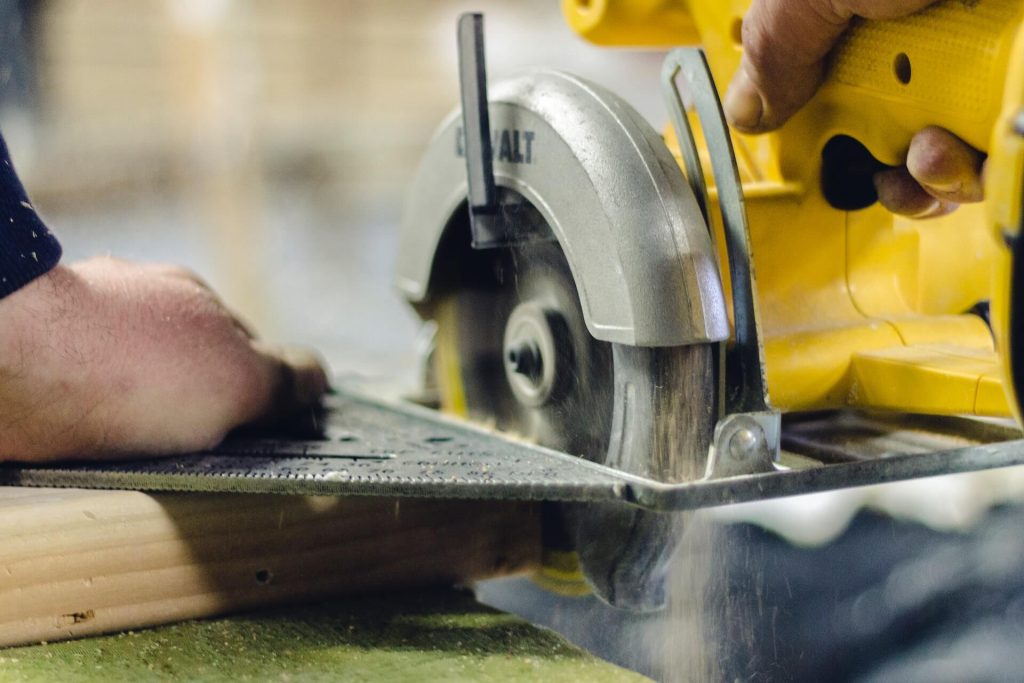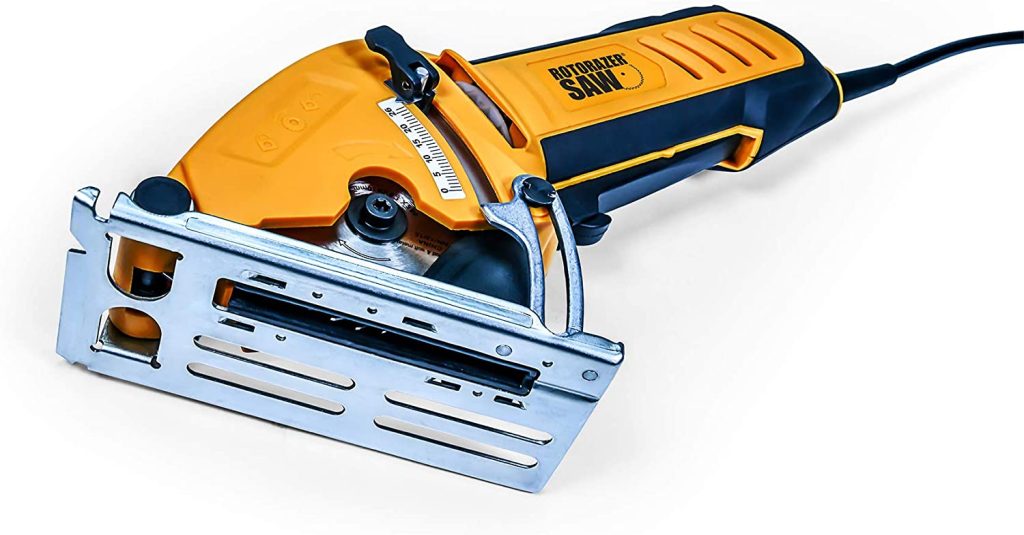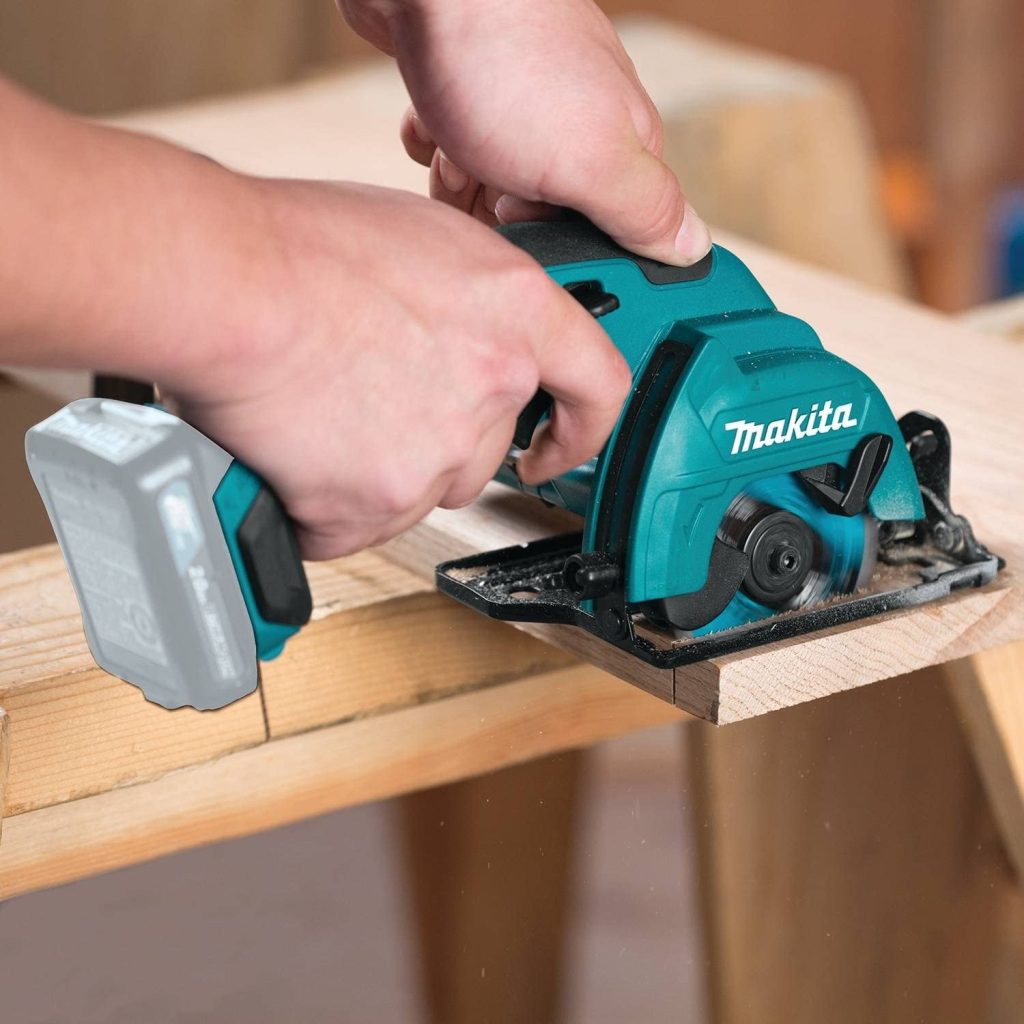Circular saws are one of the most versatile and commonly used tools in any woodworker’s arsenal. They can be used for a variety of tasks, from making rip cuts to crosscuts, and even bevel cuts. With so many different types of circular saws on the market, it can be confusing trying to figure out which one is the best for your needs. In this article, we’ll help you understand the different types of circular saws and how to choose the right one for your needs.There are two main types of circular saws: Worm Drive and Sidewinder. Worm drive circular saws are the heavier duty of the two saw types. They have a longer body and a larger motor, which makes them ideal for cutting through tougher materials like concrete and brick. Sidewinder circular saws are lighter and smaller than worm drive saws, and are better suited for lighter tasks like cutting wood and plastic. When choosing a circular saw, you’ll also need to decide on the blade size. The most common blade sizes are 7-1/4 inches and 8-1/4 inches. The larger the blade
How to Choose the Right Circular Saw for Your Needs
Choosing the right circular saw for your needs can be a tough task. There are many different factors to consider and it can be hard to know where to start. In this blog post, we will go over some of the most important factors to consider when choosing a circular saw so that you can make the best decision for your needs.
One of the most important factors to consider when choosing a circular saw is the size of the blade. The size of the blade will determine the depth of cut that the saw can make. If you need to make deep cuts, then you will need a saw with a large blade. If you only need to make shallow cuts, then you can get away with a smaller blade.
Another important factor to consider is the speed of the saw. The speed of the saw will determine how fast the saw can cut through material. If you need to make cuts quickly, then you will need a saw with a high speed. If you are only making cuts for woodworking projects, then you can get away with a lower speed.
The last factor to consider is the power of the saw. The power of the saw will determine how easily it can cut through material. If you need to make cuts quickly and easily, then you will need a powerful saw. If you only need to make cuts for woodworking projects, then you can get away with a less powerful saw.
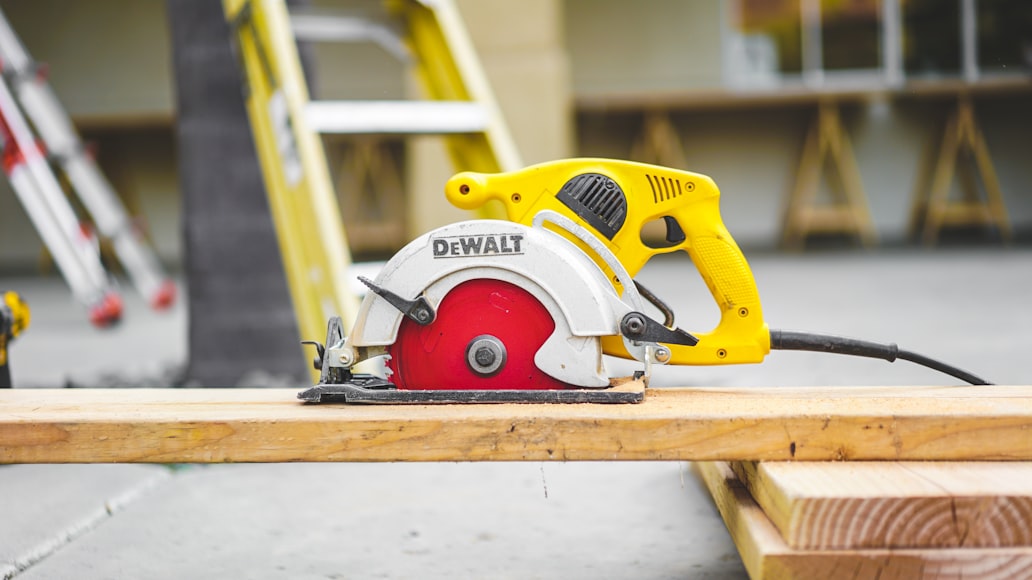
What to Consider When Purchasing a Circular Saw
Are you looking for a new circular saw? Not sure what to consider when purchasing one? Here are a few things you should keep in mind when making your decision.
First, consider the size of the saw. A larger saw will be able to handle more powerful cuts, but it will also be heavier and more difficult to maneuver. If you will be doing a lot of cutting, a larger saw may be worth the investment. However, if you only need to make occasional cuts, a smaller saw may be a better choice.
Second, think about the types of cuts you will be making. If you need to make precision cuts, you will need a saw with a smaller blade. However, if you will be making mostly rough cuts, a larger blade will be fine.
Third, consider the price. Saw prices can range widely, from around $30 to over $200. It is important to find a saw that fits your budget, but also remember that you get what you pay for. A more expensive saw will usually be of higher quality and will last longer than a cheaper saw.
Finally, read reviews before purchasing a saw. This will help you get an idea of which models are the best quality and which ones to avoid. With a little research, you can find the perfect saw for your needs.
Best Circular Saws for the Money
There are a few things to consider when choosing the best circular saw for your needs. The most important thing to consider is the size of the blade. The larger the blade, the more powerful the saw. The next thing to consider is the speed of the saw. The faster the saw, the more expensive it will be. The last thing to consider is the quality of the saw. The better the quality, the more expensive it will be.
The following are three of the best circular saws for the money:
- The Makita 5377MGA 7-1/4-Inch Circular Saw is one of the best saws on the market. It has a powerful motor and a large blade. It is also one of the most expensive saws on the market.
- The Dewalt DC390B 6-1/2-Inch Circular Saw is another great saw. It has a powerful motor and a large blade. It is also one of the most expensive saws on the market.
- The Bosch CS5 120-Volt 7-1/4-Inch Circular Saw is a great saw for the money. It has a powerful motor and a large blade. It is also one of the most affordable saws on the market.
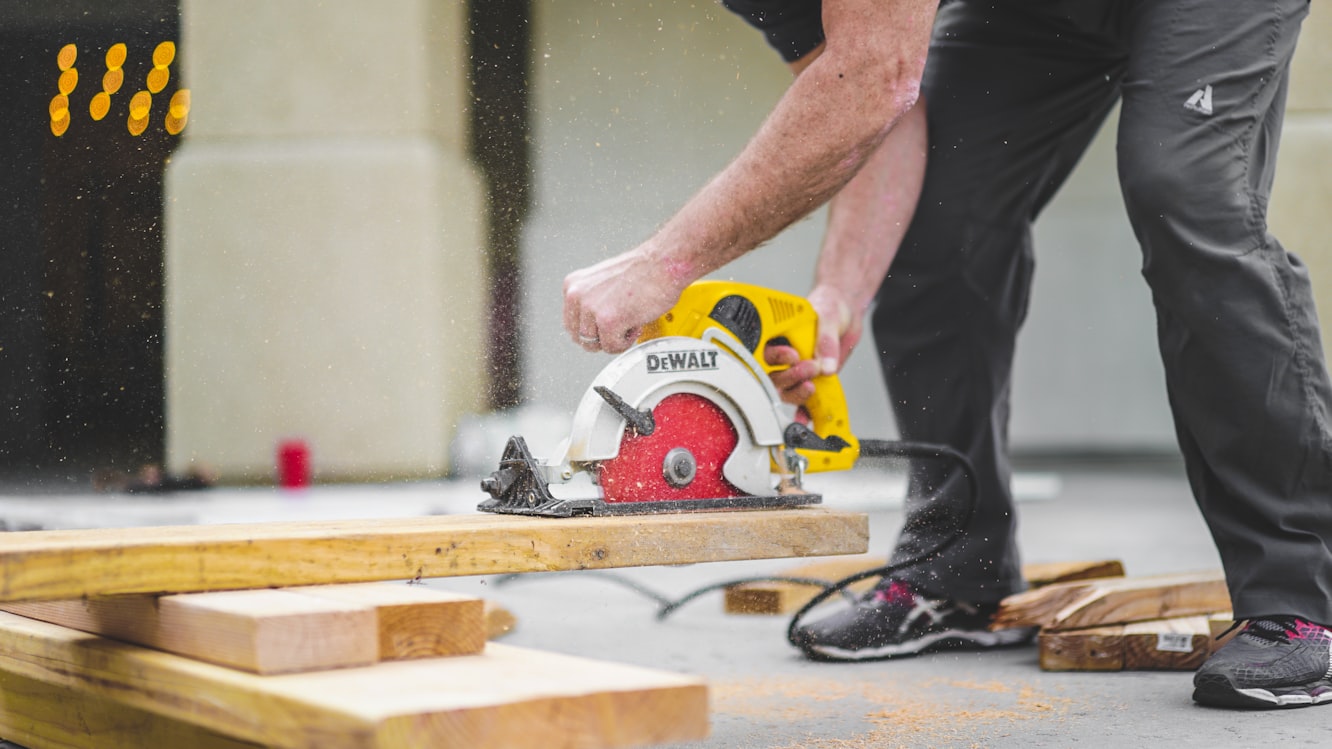
Top Rated Circular Saws
There are many different types of circular saws on the market, and it can be difficult to choose the right one for your needs. Here are four of the top-rated circular saws to help you make your decision.
The first saw is the Makita 5007MG. This circular saw is a great choice for those who need a powerful and durable saw. It has a powerful 15-amp motor and a magnesium construction that makes it one of the lightest saws on the market. It also has a comfortable grip and an easy-to-use blade change system.
The second saw is the Dewalt DWE575. This saw is a great choice for those who need a powerful and lightweight saw. It has a 15-amp motor and a magnesium shoe that make it one of the lightest saws on the market. It also has a comfortable grip and an easy-to-use blade change system.
The third saw is the Bosch CS5. This saw is a great choice for those who need a powerful and affordable saw. It has a 15-amp motor and a die-cast aluminum shoe that make it one of the most durable saws on the market. It also has a comfortable grip and an easy-to-use blade change system.
The fourth saw is the Hitachi C7SB2. This saw is a great choice for those who need a powerful and lightweight saw. It has a 15-amp motor and a magnesium construction that make it one of the lightest saws on the market. It also has a comfortable grip and an easy-to-use blade change system.
How to Use a Circular Saw
A circular saw is a versatile tool that can be used for a variety of different projects. Whether you’re cutting wood, metal, or tile, a circular saw can make quick work of the job. But with so many different types of circular saws on the market, it can be tough to know which one is right for your needs. In this article, we’ll break down the different types of circular saws and show you how to choose the right one for your needs.
The first thing to consider when choosing a circular saw is the size of the blade. The blade size will determine the depth of cut you can make with the saw. For example, a 7-1/4″ blade will allow you to cut through 2x4s and other lumber up to 6″ thick. If you need to cut thicker material, you’ll need a saw with a larger blade.
Next, you’ll need to decide what type of power source you want for your saw. Circular saws can be powered by electricity, batteries, or gas. Electric saws are the most common type, and they’re typically the most affordable option. Battery-powered saws are becoming more popular, as they offer the convenience of cordless operation. Gas-powered saws are typically the most powerful option, but they’re also the most expensive.
Once you’ve decided on the size of the blade and the power source, you can start to narrow down your options based on features. Some saws come with built-in lasers that help you make straight, accurate cuts. Others have dust collectors that help to keep your work area clean. And some saws come with built-inStorage compartments that can hold extra blades and other accessories.
Once you’ve considered all of the factors above, you should have a good idea of which type of circular saw is right for your needs. To learn more about the different features available on circular saws, check out our buying guide.
Tips for Using a Circular Saw
A circular saw is one of the most versatile tools you can have in your shop. Whether you’re cutting lumber for a project or trimming a piece of plywood, a good circular saw can make quick work of the job. But if you’ve never used one before, the prospect of operating this powerful tool can be a little intimidating.
Here are a few tips to help you get the most out of your circular saw:
- Choose the right blade.
The type of blade you use will depend on the material you’re cutting. For example, if you’re cutting lumber, you’ll want to use a blade with more teeth so it can make clean, precise cuts. But if you’re cutting through plywood or other materials that are more forgiving, you can use a blade with fewer teeth.
- Use a guide.
When you’re first starting out, it’s a good idea to use a guide to help you make straight, accurate cuts. You can use a piece of scrap lumber or a level to serve as a guide. Just line up the edge of the blade with the edge of the guide and hold it steady as you cut.
- Don’t force it.
Let the weight of the saw do the work for you. If you try to force the blade through the material, you’re more likely to end up with a crooked cut.
- Go slow.
Take your time when you’re cutting. It’s better to make several passes with the saw set at a lower speed than to try to cut through the material all at once.
- Don’t overdo it.
If you’re making repeated cuts, be sure to take a break every now and then to let the saw cool down. Otherwise, you run the risk of damaging the blade or the saw itself.
Safety Precautions When Using a Circular Saw
If you’re looking to tackle a home improvement project that involves cutting wood, you’re going to need a circular saw. A circular saw is a powerful tool that can make quick work of even the thickest boards. But as with any power tool, there are certain safety precautions you need to take when using a circular saw. In this blog post, we’ll go over 7 safety precautions you should always take when using a circular saw.
- Always wear safety glasses when using a circular saw. Even if you’re just making a quick cut, flying debris can cause serious eye injuries.
- Make sure the area you’re working in is well-ventilated. The dust generated by a circular saw can be harmful if inhaled.
- Never reach over the blade of a circular saw. The blade is extremely sharp and can cause serious injuries if you’re not careful.
- Be aware of your surroundings. If there are people or pets nearby, make sure they’re clear of the area before you start cutting.
- Use the correct blade for the material you’re cutting. Different blades are designed for different materials, and using the wrong blade can damage the saw or the material you’re cutting.
- Always unplug the saw when you’re not using it. This will prevent accidents if someone accidentally turns it on.
- Store the saw in a safe place when you’re not using it. Keep it out of reach of children and away from flammable materials.
By following these simple safety precautions, you can avoid accidents and injuries when using a circular saw. Always use caution and common sense when operating any power tool, and never hesitate to ask for help if you’re not sure how to use the saw properly.
Maintaining Your Circular Saw
A circular saw is a powerful tool that can make quick work of a variety of cutting tasks. But like any other tool, it requires regular maintenance to keep it running smoothly. Here are eight tips for maintaining your circular saw:
- Keep the blade clean and sharp. A clean, sharp blade will make cleaner, smoother cuts. To clean the blade, simply wipe it down with a clean, dry cloth after each use. To sharpen the blade, use a sharpening stone or file.
- Keep the guide rail clean. The guide rail is the metal strip that the blade runs along. Over time, the guide rail can become clogged with sawdust and other debris. To clean the guide rail, simply wipe it down with a clean, dry cloth after each use.
- Keep the motor clean. The motor is the heart of the circular saw, and it needs to be kept clean to keep the saw running smoothly. To clean the motor, simply wipe it down with a clean, dry cloth after each use.
- Keep the baseplate clean. The baseplate is the metal plate that the blade runs against. Over time, the baseplate can become clogged with sawdust and other debris. To clean the baseplate, simply wipe it down with a clean, dry cloth after each use.
- Keep the teeth of the blade facing the right direction. The teeth of the blade should always be facing the direction of the cut. If the teeth are facing the wrong direction, the blade will not cut as efficiently and may cause the saw to bind.
- Keep the sawdust port clear. The sawdust port is the opening through which sawdust and other debris are expelled. Over time, the port can become clogged with sawdust and other debris. To clean the port, simply wipe it down with a clean, dry cloth after each use.
- Keep the switch in the off position when not in use. The switch is the lever that turns the saw on and off. When the saw is not in use, always keep the switch in the off position. This will prevent the saw from accidentally turning on and causing injury.
What are the different types of circular saws?
Circular saws come in a variety of shapes and sizes. They can be used for a variety of tasks, such as cutting wood, plastic, and metal. Here are the different types of circular saws:
Jigsaw: A jigsaw is a smaller, more portable circular saw that is great for detailed work. It has blade guards to help protect your hands from cuts, and it has a miter gauge to help you cut specific angles.
Coping Saw: A coping saw is similar to a jigsaw, but it has longer blades that are better suited for cutting larger pieces of wood. It also has a wider base that makes it easier to stand on while using it.
Band Saw: A band saw is the biggest type of circular saw and is best used for cutting large pieces of wood. It has thick blades that make it difficult to move around the workpiece, so use caution when using this tool.
What size circular saw is best for home use?
Circular saws come in a variety of sizes, from small handheld saws to heavy-duty table saws. The size you need depends on the type of work you plan to do and the size of your project. Here are some guidelines to help you choose the right saw for your needs:
If you’re only planning on doing simple projects around the house or office, a handheld circular saw with a blade length of 18 inches or less is probably fine.
If you’re going to be doing more complex cuts, such as cutting wood boards into pieces that are wider than 18 inches and taller than 4 feet, you’ll need to invest in a table saw. Table saws can have blade lengths up to 64 inches, so they’re perfect for larger projects. Make sure you have adequate room on your work surface to accommodate the large blade!
What should I look for in a circular saw?
When shopping for a circular saw, it is important to understand the different types available and what each offers. There are three main types of circular saws:
jigsaw, miter saws, and table saws. Jigsaws: Jigsaws are the smallest and simplest type of circular saw. They have a fixed blade that can be used for cutting wood only in one direction. Jigsaws are good for basic tasks, like trimming pieces off of boards or cutting small pieces of wood.
Miter Saws: Miter saws have a sliding fence that allows you to make cuts at an angle. They are great for detailed work, like cutting door frames or cabinet doors. Miter saws can also be used for other tasks, like cutting bolts or screws in hardwood.
Table Saws: Table saws are the most versatile type of circular saw. They come with a variety of blades that can be used to cut wood in many different ways. Table saws can also be fitted with a ripping blade, which is great for cutting sheets of paper or plastic straight out of the stack.
Conclusion
As you can see, there are many factors to consider when choosing the right circular saw for your needs. With so many options on the market, it can be difficult to know which one is the best fit for you. By taking the time to consider your needs and the features of each saw, you can find the perfect tool for your next project.

